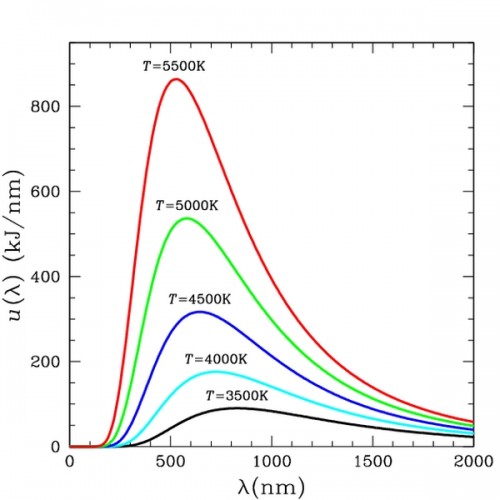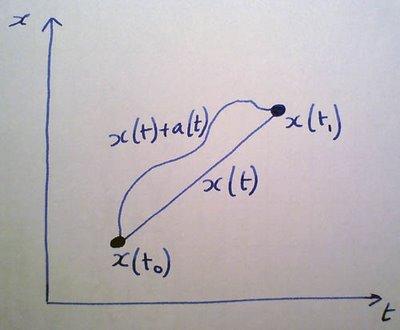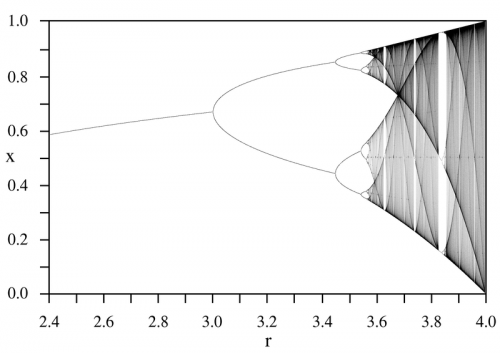Physics Friday – Blackbody Radiation
Friday, November 27th, 2009 
Please forgive the bitter tone that follows in this post, but recently I came across an “audiophile” device that I feel may damage the already precarious position of the audiophile industry. First however a little necessary physics background…
A “Blackbody” is an object that does not reflect electromagnetic energy incident upon it, or allow any to pass through it. Any emission from it is entirely thermal in nature with no characteristic emission/absorption lines from any element. This is referred to as “Blackbody Radiation”. Classical theory describes this spectrum with the Rayleigh-Jeans Law:
$$I(\lambda ,T)=\frac{2\pi ckT}{\lambda ^{4}}$$
$$I(\lambda ,T)$$ is the power per unit area
$$c$$ is the speed of light
$$k$$ is Boltzmann’s constant
$$T$$ is the temperature in Kelvin
$$\lambda$$ is the wavelength
This is in agreement with observation at lower frequencies, however the problem with this result is that at higher frequencies (i.e. as $$\lambda \to 0$$) the power approaches infinity! This is certainly not in agreement with observation and has been referred to as the “ultraviolet catastrophe”.
A physicist by the name of Max Plank made an amazing assumption that was to prove instrumental not only for resolving the paradox of the Rayleigh-Jeans law, but for all of quantum mechanics. The assumption is that radiation can only only assume discrete energy values:
$$E_{n}=nhf$$
$$n$$ is the energy level
$$h$$ is Planck’s constant
$$f$$ is the frequency.
Therefore the energy between two adjacent energy states is given by:
$$E=hf$$
The power per unit area spectrum that results from this important assumption agrees with observation and is given by the following expression:
$$I(\lambda ,T)=\frac{2\pi hc^{2}}{\lambda ^{5}(exp(\frac{hc}{\lambda kT})-1)}$$
Now I return to the bitter part of my post. As I make clear in my Engineering Perspective article, I am not a big fan of overpriced audio interconnects. I am not saying there isn’t a subjective improvement, but that it may not provide the greatest benefit to cost ratio for the audiophile.
However, at least these overpriced interconnects are functional. At worst, they get the signal from point A to point B. Even something as esoteric as a special wooden volume knob that improves your sound at least allows you to turn up the volume! But a product that claims to dramatically improve your system by acting as an electromagnetic blackbody for your equipment is a complete waste.
There are people in this world with incredible perception that can detect “impossible” subtleties. The purpose of the audiophile industry is to cater to these individuals – those for whom minute differences matter. Please try to give these gifted individuals the audio experience they deserve and not just another piece of junk backed up with horrible pseudoscience.



